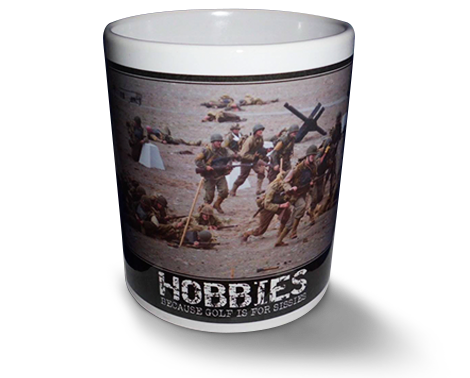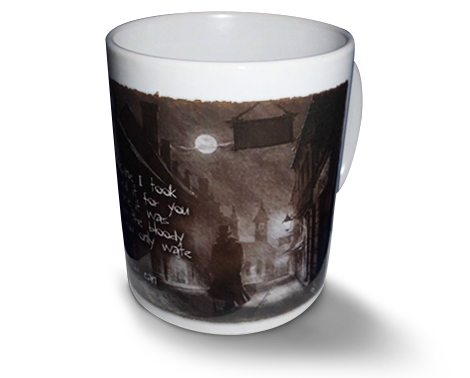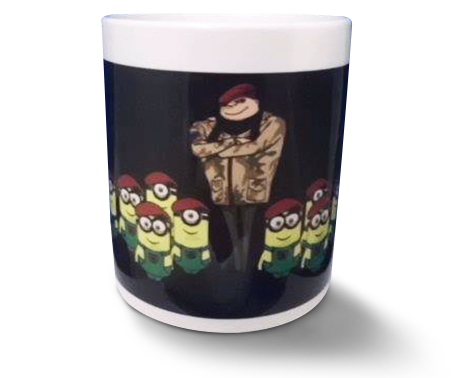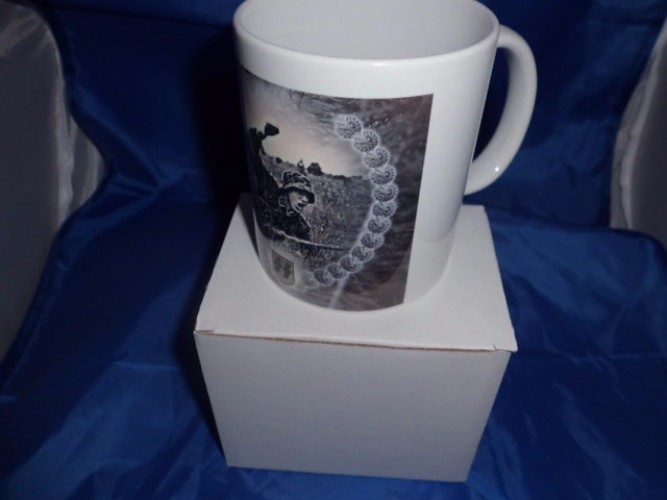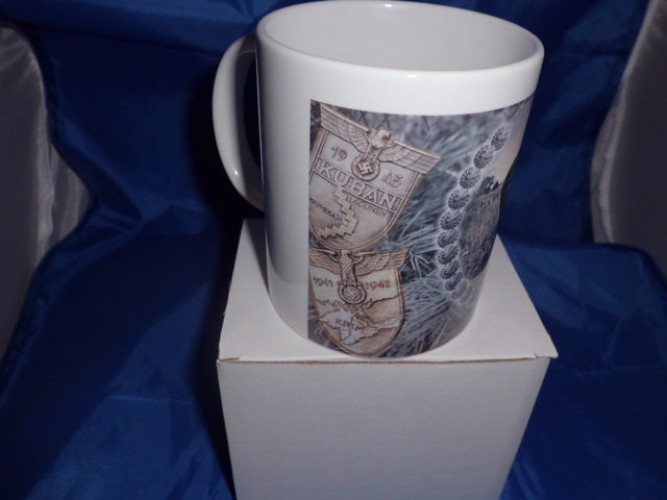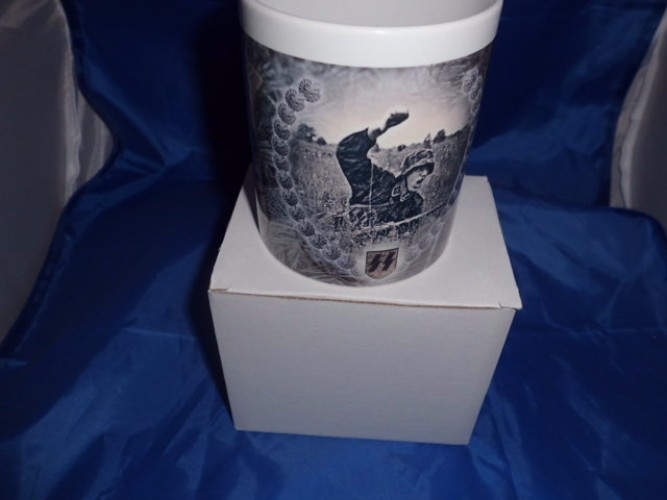World war two SS Mug
11oz Dishwasher safe mug
For Hitler to control Germany, Hitler needed the support of a well-organised Nazi party machine. The SS and the Gestapo were the instruments that Hitler usedFrom its establishment in 1925, by 1933 the SS had become a ruthless state with a state, whose members were fanatically loyal to Adolf Hitler. The SS was the ideological organisation responsible for all matters of security and racial policy within Germany.
In addition to controlling the police, the SS developed, administered and controlled the Nazi concentration camp system. From 1939, the SS assumed control of Nazi racial policy across occupied Europe.
Independent organisation
After the murder of Ernst Rohm and the SA leadership, Hitler announced that the SS would be an independent organisation led by Heinrich Himmler and answerable only to the Fuhrer.
The Gestapo, or secret state police played a key role in the terror and control of German citizens. With the ability to rely on a network of informers and enjoying the power to arrest and imprison without trial, the Gestapo had a significant influence on the Nazi state.
SchutzStaffel or SS was formed in April 1925 as a section of the SA and functioned as a personal bodyguard for the NSDAP leader, Adolf Hitler.
The SS was considered to be an elite force and membership was restricted to those who were pure Aryan Germans.
On 6th January 1929 Heinrich Himmler was appointed leader of the SS. Himmler was an ambitious man and set about building up membership of the SS.
The SD (Sicherheitsdienst)
Formed in 1931, this section of the SS was placed under the control of Himmler’s right-hand man, Reinhard Heydrich. In its early years the SD was responsible for the security of the Nazi Party. After Hitler became Chancellor in January 1933, the SD was also responsible for seeking out and dealing with those who opposed and were a threat to the leading members of the Nazi Party. The SD played a key role in discovering evidence against Ernst Rohm that ultimately lead to the Night of the Long Knives in 1934.
Hitler became Chancellor of Germany he ordered the creation of an armed force which would protect both himself and leading members of the Nazi Party from attack.
The first recruits, 117 men, were given the name SS-Stabswache Berlin. This was changed to SS-Sonderkommando Berlin shortly afterwards and on 3rd September Hitler re-named the group Leibstandarte SS Adolf Hitler.
SS Verfügungstruppe (Special Purpose Troops)
Formed in 1934 the SS Verfügungstruppe, known as SS-VT, was the armed force of the Nazi Party. It was separate from the main German army, the Wehrmacht. Members of the SS-VT were often men who failed to meet the strict criteria for entry to the Leibstandarte SS.
SS-VT regiments played a pre-war role in the Anschluss with Austria, the occupation of the Sudetenland and the invasion of Czechoslovakia.
In 1941, at the same time as the Leibstandarte SS were made an independent force, the SS-VT were re-named the Waffen SS. The Waffen SS played key roles fighting in the European and African theatres of war.
The Concentration Camp Section
SS Totenkopfverbände (Death’s Head Units)
In 1934 Heinrich Himmler ordered Theodor Eicke, a fervent anti-semitic, anti-Bolshevik, to organise and manage the first concentration camp which had been established at Dachau.
Eicke set about streamlining the organisation of the camp. Many of those who had been trained by Eicke at Dachau went on to staff the camp at Sachenhausen.
In 1936 staff working in the camps were given the title SS Totenkopfverb?nde, known as SS-TK. The SS-TK had a reputation of being harsh masters, meting out tough punishments on those who did not show loyalty to the Nazi ideals.
When war broke out in 1939 the SS-TK was expanded to provide staff for all camps established in Germany, Austria and Poland.
In 1942 the SS-TK became members of the Waffen SS.
In early 1945 when it became clear that Germany would lose the war, members of the SS-TK were given orders to destroy evidence of the camps’ existence. Camps were destroyed and surviving inmates were taken on forced ‘death marches’.
At the end of the war many leading members of the SS committed suicide. Those that were captured were tried and the Nuremburg war crimes trials, many of those found guilty were executed. Some members of the SS escaped Germany and fled to South America.

